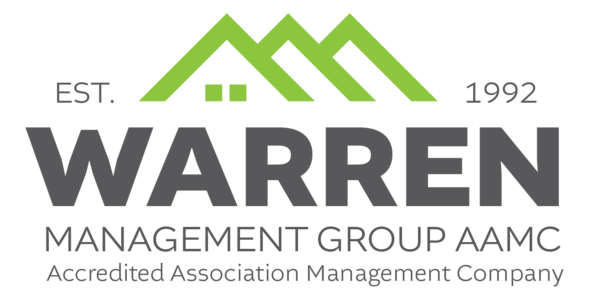A homeowners association is a non-profit corporation comprised of owners within a common-interest community that have a mutual responsibility to maintain common elements of the community and provide governance of the community’s standards, establishing a sense of community and upholding property values for the benefits of its owners.
The Association is the entity that, under the leadership of a Board of Directors, manages the day-to-day responsibilities of the community (as defined in the governing documents and required by CCIOA, a Colorado state statute).
The Association is responsible for upholding the standards set forth in the Covenants and the Design (or Community) Guidelines, which are legal-binding documents, for the purpose of upholding property values for the benefit of its members. It is also the purpose of the Association to provide for interaction that encourages both a sense of ownership by its members and champion a sense of community among its residents.
All community associations have three basic characteristics:
- All owners automatically become members of the association
- Governing documents bind all owners to the community association and require mutual obligations
- All owners pay mandatory lien-based assessments to fund the operation of the association and maintain common elements.
“… [the homeowners association] gives continuity to the community, it preserves the architectural integrity and it maintains the common
properties. Properly run, it promotes the community concept and protects the community’s property values.
Automatic and mandatory homeowners associations are part of an overall concept of residential property ownership. Purchase of the home or lot brings with it membership in the association which provides the structure for operation and management of the residential community concept. Membership includes certain mandatory obligations, financial responsibilities and rules of the association.”
The Homeowners Association Manual, by Peter M. Dunbar, Esq.
